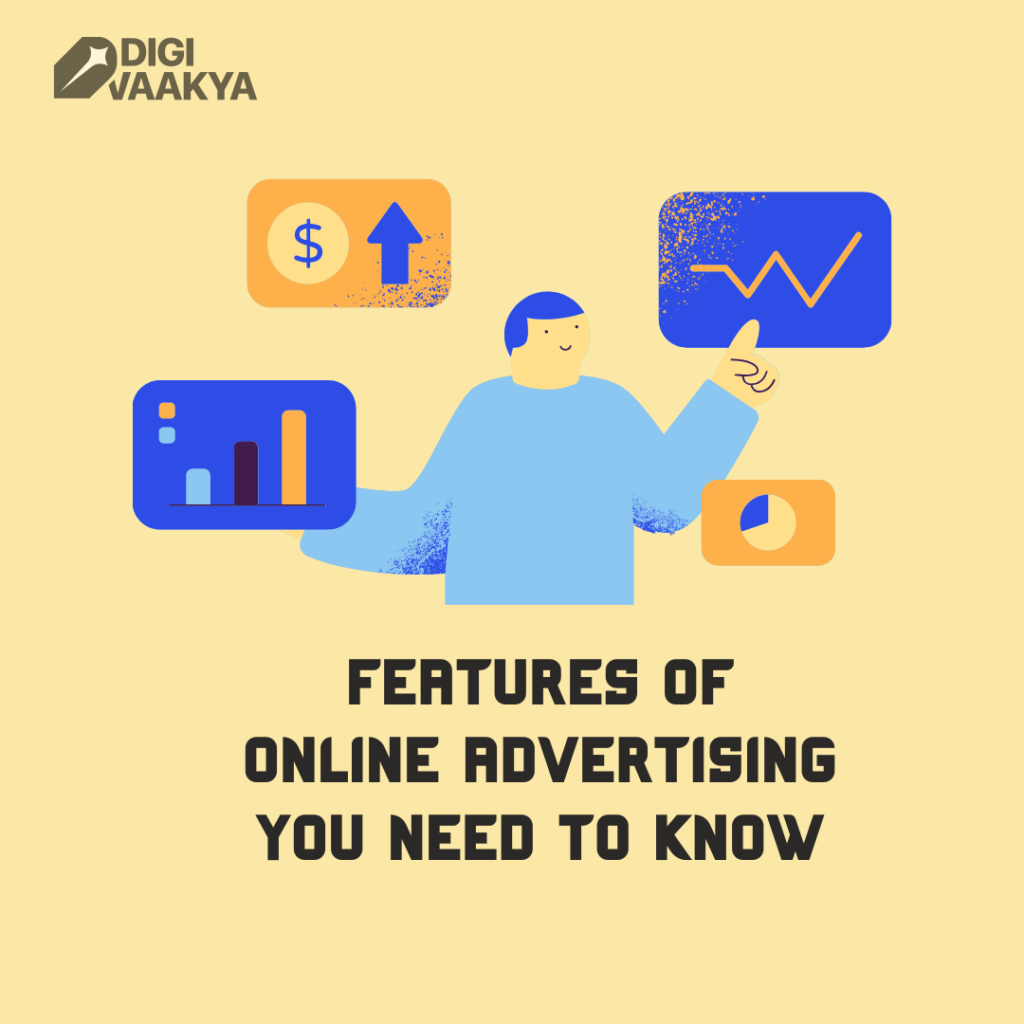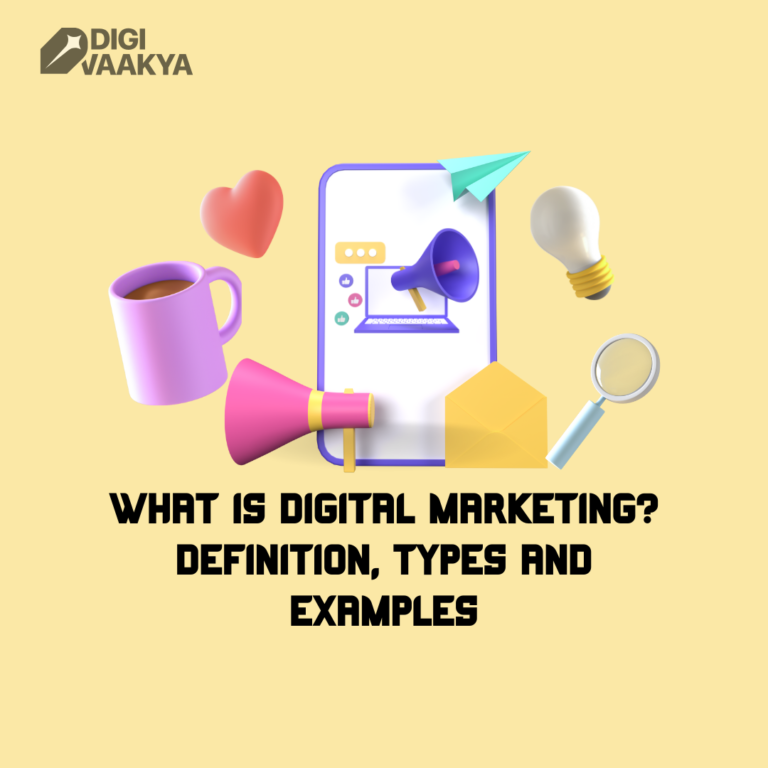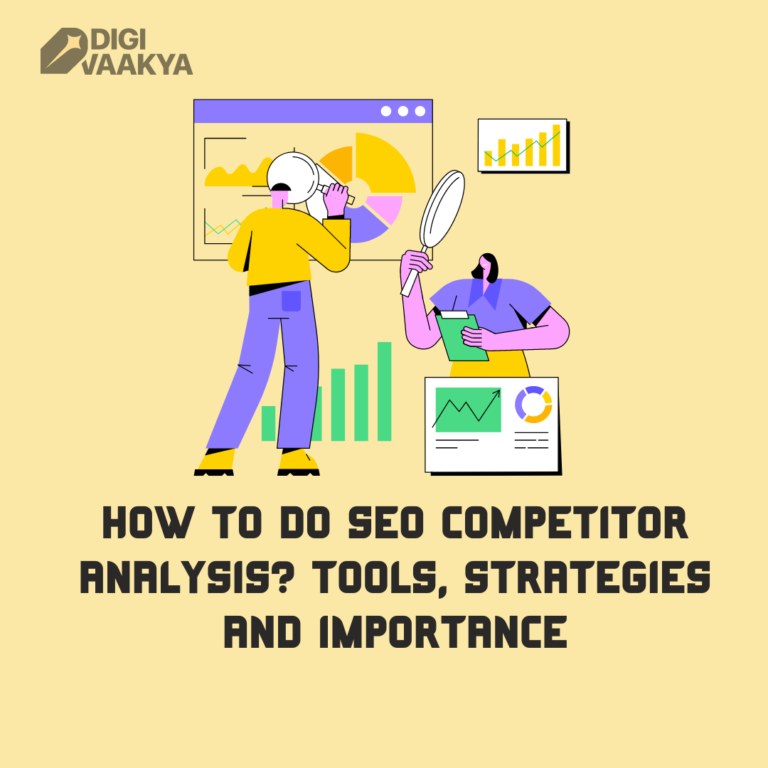Features of Online Advertising You Need to Know
Online advertising has become an essential part of modern marketing strategies, offering businesses the opportunity to reach a vast audience and drive desired actions such as sales, sign-ups, or engagement. Understanding the key features of online advertising can help you maximize your campaigns and achieve your marketing goals. From precise targeting options to interactive and personalized ad experiences, online advertising provides a wide range of tools and tactics for creating effective campaigns. Additionally, cost control measures and real-time analytics enable you to optimize your budget and track performance. Discover the top features of online advertising you need to know to stay ahead in today’s competitive market.
Features of Online Advertising
1) Targeting Options
Online advertising offers a range of targeting options to help advertisers reach their ideal audience effectively. Demographic targeting allows advertisers to specify parameters such as age, gender, location, education, and income level. Behavioral targeting focuses on user actions and interests based on online activities, like website visits or past purchases. Contextual targeting displays ads relevant to the content on a particular webpage. Additionally, retargeting enables advertisers to show ads to users who have previously visited their site or interacted with their content. These options allow advertisers to customize campaigns and optimize their ad spend by reaching the right audience.
2) Variety of Ad Formats
Online advertising offers a variety of ad formats to engage users and convey messages effectively. Display ads include banner ads, pop-ups, and interstitial ads that appear on websites. Video ads, such as pre-roll, mid-roll, and post-roll, play before, during, or after online video content. Native ads blend seamlessly with the platform’s content, appearing as sponsored posts or recommended articles. Social media ads leverage images, videos, or carousel formats within user feeds. Search ads appear as text-based results on search engine pages. Additionally, rich media ads use interactive elements, animations, and sound to capture user attention and boost engagement.
3) Real-Time Analytics
Real-time analytics in online advertising provide advertisers with up-to-date data on campaign performance. Metrics such as impressions, clicks, conversions, and engagement rates can be tracked instantly. This allows advertisers to monitor the effectiveness of their campaigns and make data-driven adjustments as needed. Real-time analytics enable quick decisions on ad creatives, targeting options, and bidding strategies, optimizing performance and budget allocation. By continually assessing how ads are performing, advertisers can quickly identify successful approaches and areas for improvement, ensuring maximum return on investment and efficiency in advertising efforts.
4) Cost Control
Online advertising offers various cost control features that help advertisers manage their budget effectively. One such feature is setting a daily or lifetime budget, ensuring that ad spend remains within a predetermined limit. Pay-per-click (PPC) models allow advertisers to only pay when users interact with their ads, while cost-per-impression (CPM) models charge per thousand views. Cost-per-acquisition (CPA) models charge only when a user takes a specific action, such as making a purchase. Bidding strategies can also be optimized based on campaign goals. These cost control measures allow advertisers to maximize return on investment and avoid overspending on ineffective campaigns.
5) Wide Reach
Online advertising provides a wide reach by utilizing the vast scope of the internet to connect with audiences across the globe. Advertisers can place ads on various platforms, including websites, social media, and search engines, allowing them to reach millions of users daily. Geographic targeting enables advertisers to focus on specific locations, expanding their reach to both local and international markets. Moreover, online ads can target specific audiences based on interests, demographics, and online behaviors. This expansive reach allows advertisers to increase brand awareness, drive traffic, and grow customer bases by connecting with potential customers across diverse channels and regions.
6) Ad Personalization:
Ad personalization in online advertising tailors ad content to the preferences and behaviors of individual users. By using data such as browsing history, past purchases, and demographic information, advertisers can create personalized ads that resonate with each user. This approach enhances user engagement, as personalized ads are more likely to capture attention and elicit a positive response. Dynamic creative optimization (DCO) enables real-time customization of ad elements, such as images and text, based on user data. Ad personalization can lead to higher conversion rates, as users are more inclined to interact with ads that reflect their interests and needs.
7) Interactivity
Interactivity in online advertising enhances user engagement and encourages deeper connections with the advertised product or brand. Interactive ads allow users to interact directly with the content, such as playing a game, taking a quiz, or exploring a 360-degree view of a product. These ads often feature clickable elements, animations, or videos, providing a more immersive and memorable experience. By actively engaging users, interactive ads can increase brand recall and boost conversions. Additionally, interactivity can offer advertisers valuable insights into user preferences and behaviors, enabling more targeted and effective future campaigns.
8) Remarketing
Remarketing, also known as retargeting, is a feature of online advertising that targets users who have previously interacted with a brand’s website or content. By tracking user actions such as browsing products, adding items to a cart, or visiting specific pages, advertisers can serve tailored ads to these potential customers as they navigate other websites or platforms. Remarketing keeps a brand top-of-mind, encouraging users to complete actions like purchases or sign-ups. This targeted approach can lead to higher conversion rates, as it re-engages users who have already shown interest, increasing the likelihood of successful outcomes and optimizing advertising ROI.
9) Dynamic Content
Dynamic content in online advertising refers to ads that change or adapt in real-time based on user data and behavior. Advertisers use dynamic content to create personalized experiences for individual users, making ads more relevant and engaging. This can include dynamically changing text, images, or offers to align with a user’s interests, browsing history, or location. For example, an online retailer might display products a user recently viewed, while a travel company may show deals for a user’s preferred destinations. Dynamic content maximizes ad effectiveness by ensuring users see ads tailored to their preferences, leading to higher conversion rates and a better user experience.
10) Flexibility
Flexibility in online advertising allows advertisers to adjust and customize their campaigns in real time to optimize performance. This includes modifying ad creatives, targeting options, and budget allocation based on real-time analytics and user responses. Advertisers can quickly test different ad variations and targeting strategies to find the most effective combination for their goals. Online advertising platforms offer various formats and placements, providing advertisers with the freedom to tailor campaigns to specific objectives, whether it’s brand awareness, lead generation, or direct sales. This flexibility enables advertisers to respond to changing market conditions and user behaviors, ensuring campaigns stay relevant and effective.
Conclusion
As we delve into the features of online advertising, it becomes apparent that the digital realm offers a vast canvas for businesses to showcase their products and services. From targeted audience reach and data-driven insights to interactive formats and real-time adaptability, the features of online advertising pave the way for unprecedented marketing possibilities. In a world where the online landscape continues to evolve, embracing and mastering these features is not just a strategic advantage, it is an imperative for businesses aspiring to thrive in the competitive marketplace of the digital age. As we conclude our exploration, it is evident that the dynamic nature of online advertising presents an ongoing journey of innovation, adaptability and endless opportunities for those ready to harness its full potential.
FAQs on Features of Online Advertising
1. What is the purpose of online advertising?
The purpose of online advertising is to promote products, services, or brands through digital channels to reach a targeted audience. It aims to increase brand awareness, drive traffic, and generate sales or leads. Online advertising leverages the internet’s wide reach, targeting capabilities, and interactive features to engage users and maximize the impact of marketing efforts.
2. What are the factors of Online Advertisement?
Key factors of online advertising include target audience, ad content relevance, effective use of keywords, ad format and design, platform selection, budget allocation, and tracking metrics. Successful campaigns consider these factors to optimize reach, engagement, and conversion rates. Advertisers also adapt strategies based on consumer behavior, emerging technologies, and market trends to stay competitive in the dynamic online advertising landscape.


